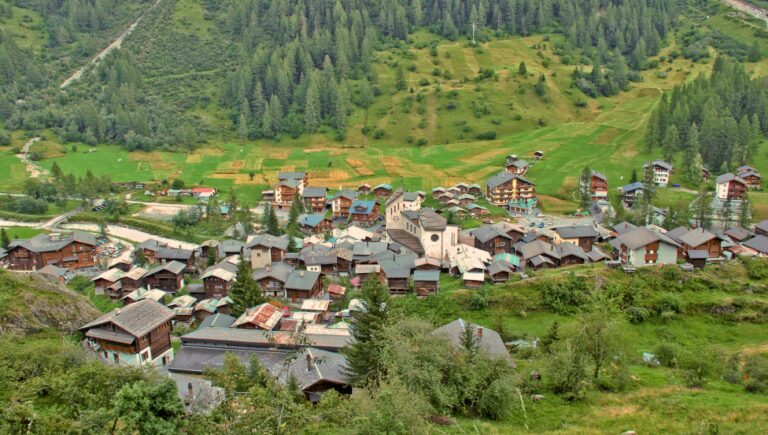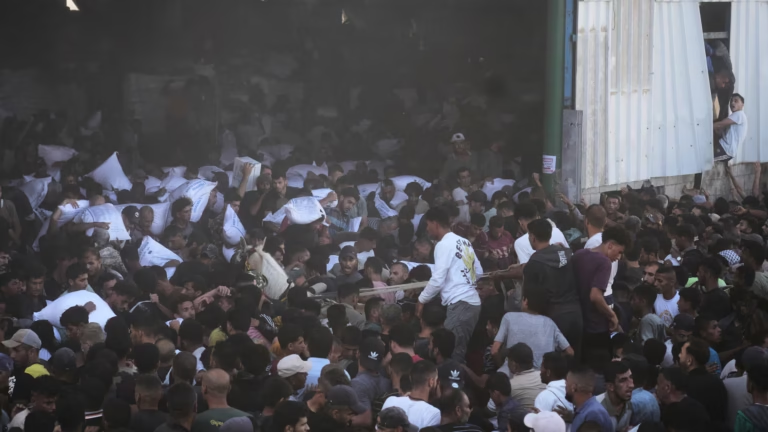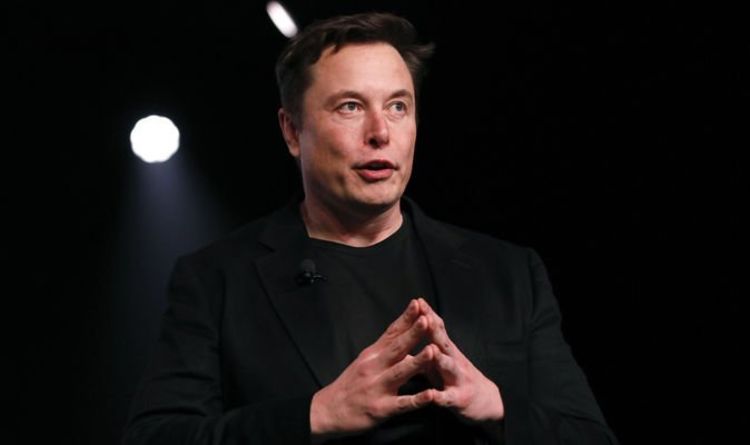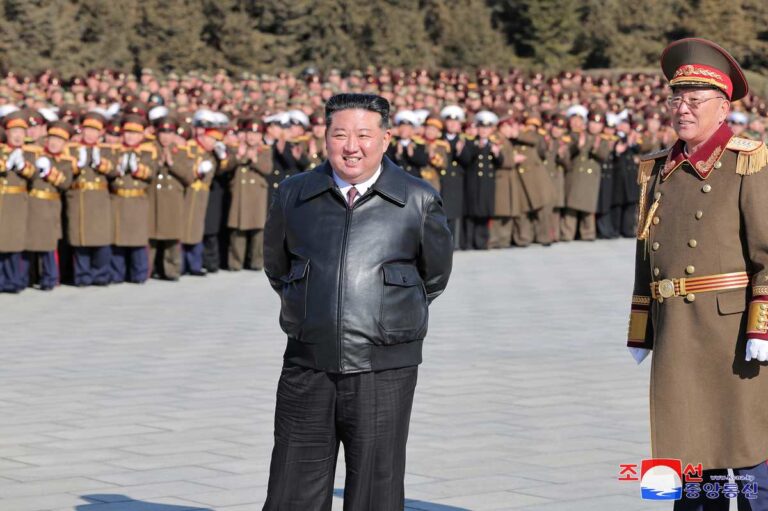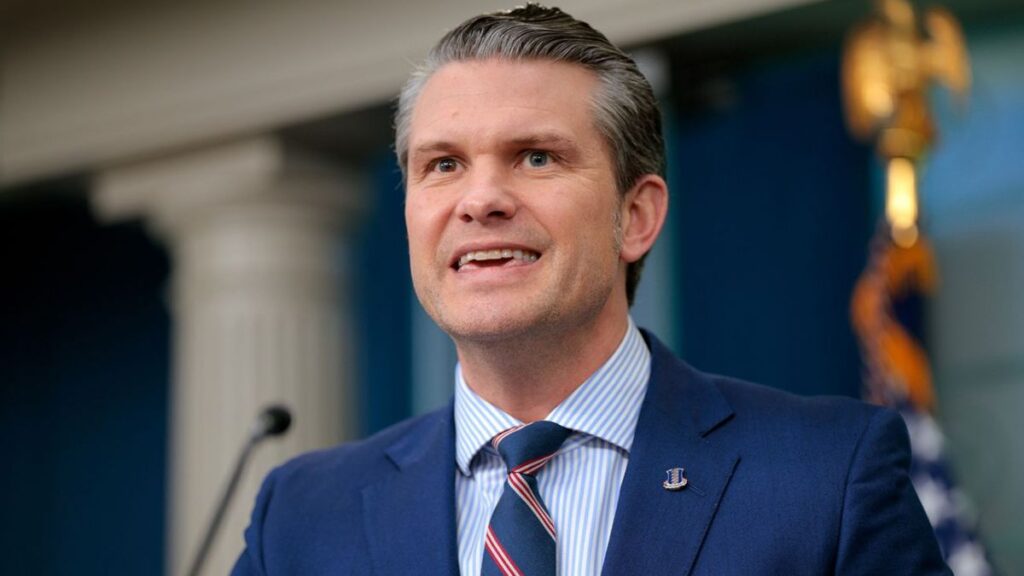
Asia stands at a crossroads. In Singapore, at the prestigious Shangri-La Dialogue, U.S. Defense Secretary Pete Hegseth delivered a wake-up call that rippled across the Indo-Pacific: the threat China poses to Taiwan is not only real, but “could be imminent.” His message was clear—regional allies must urgently ramp up their defense capabilities, or risk facing devastating consequences123.
Let’s dive deep into what’s at stake, why Hegseth’s warning matters, and how Asia can respond to this historic challenge.
The Current Security Landscape in Asia
The Indo-Pacific has always been a chessboard of competing interests, but recent years have seen tensions soar. China’s assertiveness—especially regarding Taiwan—has reached new heights, with daily military drills and technological advancements that have regional leaders on edge23.
For many in Asia, the question isn’t if a crisis will erupt, but when.
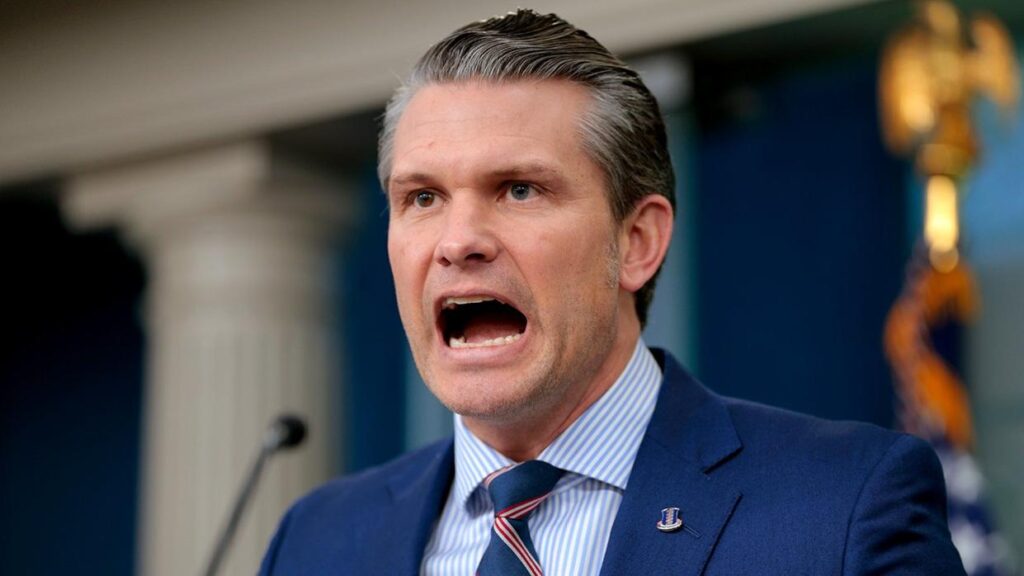
Why Taiwan Matters: The Heart of the Dispute
Taiwan, a vibrant democracy of 23 million people, sits just 100 miles from mainland China. Beijing claims the island as its own, despite never having ruled it. For China’s leadership, “reunification” is a non-negotiable goal, and President Xi Jinping has reportedly set a deadline for his military to be prepared to invade by 2027235.
But Taiwan isn’t just a pawn—it’s a critical node in global tech supply chains and a symbol of democratic resilience in the region.
Hegseth’s Stark Warning: “No Reason to Sugarcoat It”
Standing before defense chiefs and security experts in Singapore, Pete Hegseth didn’t mince words:
“The threat China poses is real. And it could be imminent. Beijing is credibly preparing potentially to use military force to alter the balance of power in the Indo-Pacific.”23
Hegseth outlined how the People’s Liberation Army (PLA) is not just building up its forces—it’s actively training for an invasion of Taiwan, rehearsing blockades, and developing advanced capabilities like hypersonic missiles and space-based assets3.
The U.S. Commitment: “America First” Isn’t “America Alone”
While the return of President Donald Trump to the White House has raised questions about U.S. alliances, Hegseth reassured partners:
“America First does not mean America alone… The United States intends to focus more on the Indo-Pacific, calling it ‘our priority theater.’”1
But there’s a catch: the U.S. expects its allies to step up, too.
Asia’s Defense Spending: The Numbers Don’t Lie
Hegseth drew a sharp comparison between Europe and Asia:
- NATO members are pledging to spend 5% of their GDP on defense.
- Many key U.S. allies in Asia, by contrast, spend far less—even as the threat they face is arguably more formidable13.
He urged countries like Japan, South Korea, Australia, and others to “quickly upgrade their own defenses” and match Europe’s commitment1.
How China Is Preparing: Military Modernization and Strategy
China’s military transformation is staggering:
- Naval Expansion: The PLA Navy is now the world’s largest by ship count.
- Missile Arsenal: China boasts advanced ballistic and cruise missiles capable of targeting U.S. bases and ships.
- Cyber and Space: Investments in cyber warfare and anti-satellite weapons threaten to blind and disrupt adversaries345.
China’s daily drills near Taiwan, and its construction of artificial islands in the South China Sea, are not just shows of force—they’re rehearsals for real conflict35.
Can Taiwan Defend Itself?
Despite its determination, Taiwan faces daunting odds:
- China’s military dwarfs Taiwan’s in size and capability.
- Western experts believe Taiwan’s best hope is to slow a Chinese attack, prevent a successful landing, and hold out for international support5.
- Recent reports urge Taiwan to expand its drone arsenal, strengthen cyber defenses, and modernize its conscription system—drawing lessons from Ukraine’s resistance against Russia4.
What Are the Risks of Inaction?
If China were to seize Taiwan by force, the consequences would be catastrophic:
- Regional Instability: A war could draw in the U.S., Japan, Australia, and others, sparking a wider conflict.
- Global Economy: Taiwan is a linchpin in the semiconductor industry. Disruption would send shockwaves through global supply chains.
- Precedent: A successful invasion would embolden authoritarian regimes worldwide.
Hegseth’s message is blunt: “There’s no reason to sugarcoat it. The threat China poses is real. And it could be imminent.”23
How Should Asia Respond? Hegseth’s Recommendations
Hegseth’s call to action is threefold:
- Increase Defense Spending: Match or exceed Europe’s 5% GDP benchmark13.
- Upgrade Capabilities: Invest in missile defense, cyber resilience, and joint training.
- Strengthen Alliances: Present a united front to deter aggression.
He also highlighted the need for innovation—drones, space assets, and cognitive warfare must be priorities4.
Real-World Example: Lessons from Ukraine
The war in Ukraine offers sobering lessons for Taiwan and its partners:
- Asymmetric Tactics: Small, agile forces using drones and anti-tank weapons can slow a larger adversary4.
- International Support: Rapid, coordinated assistance is vital.
- Resilience: Civilian and military readiness can make the difference between survival and defeat.
Taiwan has begun forming a National Drone Team and improving its garrison forces, but experts warn these steps may not be enough4.
Asia’s Allies: Who Is Stepping Up?
Several countries are already responding to the call:
- Japan: Dramatically increasing its defense budget and acquiring long-range missiles.
- Australia: Investing in nuclear-powered submarines and deepening ties with the U.S. and U.K.
- South Korea: Modernizing its military and strengthening trilateral cooperation with the U.S. and Japan.
But the region’s security is only as strong as its weakest link.
Table: Asia vs. Europe – Defense Spending Comparison
| Region | Average Defense Spending (% of GDP) | Notable Initiatives |
|---|---|---|
| Europe (NATO) | 5% (pledged) | Joint procurement, integrated air defense |
| Asia (Key Allies) | 1.5–2.5% (varies by country) | Select upgrades, but lagging behind Europe |
Pros & Cons: Boosting Defense in Asia
Pros:
- Deters aggression and preserves peace.
- Strengthens alliances and interoperability.
- Encourages innovation and resilience.
Cons:
- Significant financial burden.
- Risk of arms race escalation.
- Potential for diplomatic friction with China.
People Also Ask (PAA)
What is the Shangri-La Dialogue?
It’s Asia’s premier security summit, where defense leaders discuss regional threats and cooperation.
Why is Taiwan so important to global security?
Taiwan is a hub for advanced technology and a symbol of democracy in Asia. Its fate affects global supply chains and geopolitical stability.
How likely is a Chinese invasion of Taiwan?
While the timeline is uncertain, China’s military is preparing for the possibility by 2027, according to U.S. and Taiwanese officials23.
What can other Asian countries do to help Taiwan?
Increase defense spending, participate in joint exercises, and enhance intelligence sharing to deter aggression.
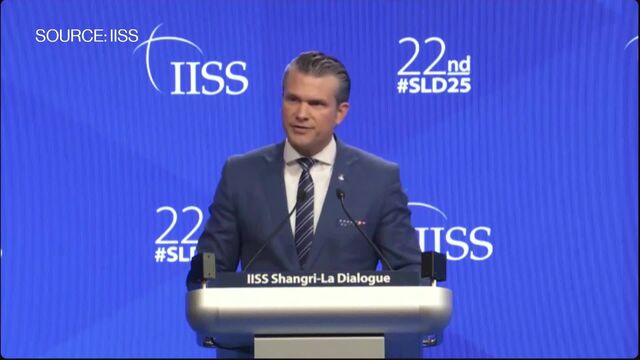
FAQ
Q1: What did Pete Hegseth say about China’s threat to Taiwan?
A: Hegseth warned that China is actively preparing to use military force against Taiwan and called the threat “imminent.” He urged Asian allies to boost their defenses and match European levels of commitment123.
Q2: How is China preparing for a potential invasion of Taiwan?
A: China is modernizing its military, conducting daily drills, building artificial islands for military use, and developing advanced missile and cyber capabilities35.
Q3: Can Taiwan defend itself without outside help?
A: Most experts believe Taiwan would struggle to repel a full-scale invasion alone. Its best hope is to delay China’s advance and hold out for international support45.
Q4: How are Asian countries responding to the U.S. call for increased defense spending?
A: Some, like Japan and Australia, are boosting budgets and modernizing forces, but overall, Asia’s defense spending still lags behind Europe’s NATO commitments13.
Q5: What are the risks if Asia fails to deter China?
A: A successful Chinese invasion of Taiwan could destabilize the region, disrupt the global economy, and set a dangerous precedent for authoritarian expansion.
Navigational: Where to Get the Latest on Asia-Pacific Security
- Official Government Sources: U.S. Department of Defense, Taiwan Ministry of National Defense
- Think Tanks: Center for Strategic and International Studies (CSIS), International Institute for Strategic Studies (IISS)
- News Outlets: BBC, Kyodo News, Fox News, 19FortyFive
